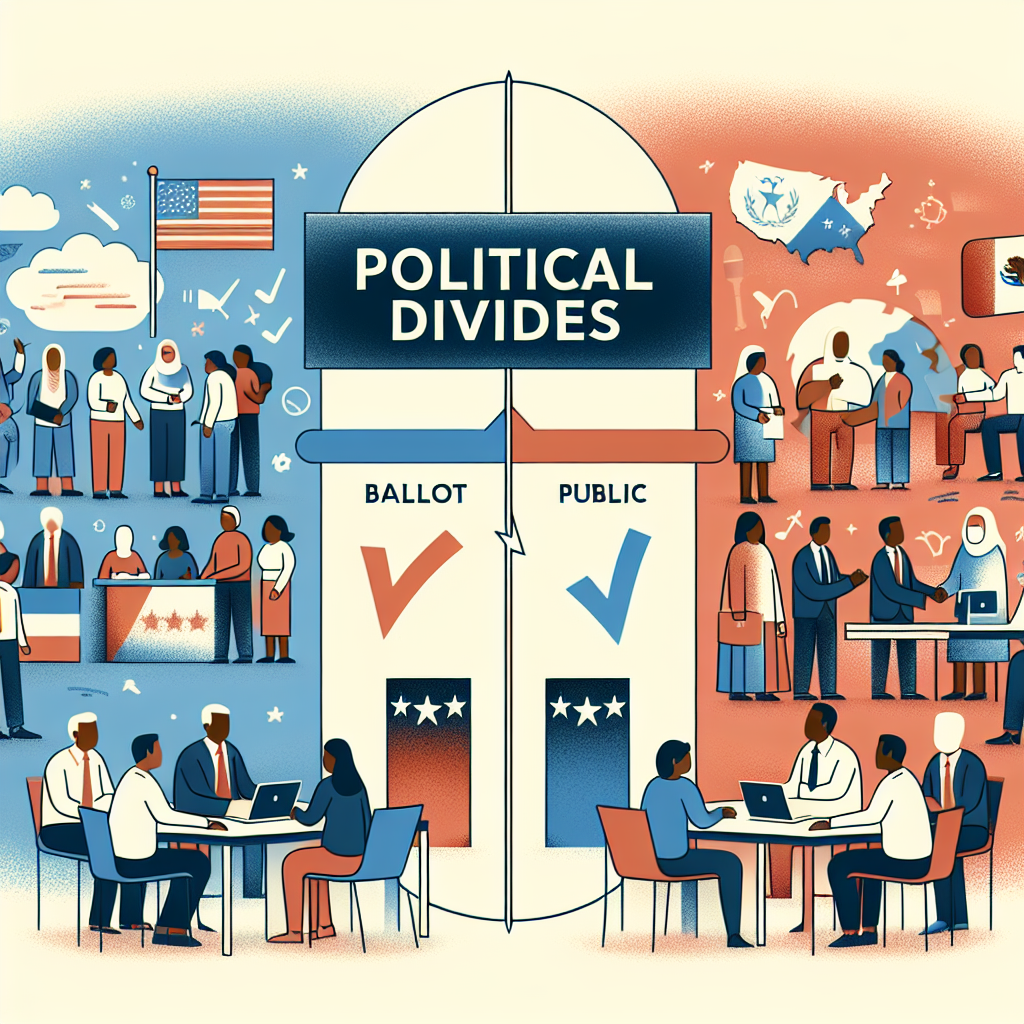The New York Times recently featured an article on Sean Combs, famously known as Puff Daddy, which has sparked significant controversy due to its portrayal of him and the events surrounding his gatherings. The authors of the piece, criticized unabashedly as “two mugs,” were accused of indulging in a lavish, misleading tribute to an individual preferable for their alleged criminal history rather than genuine cultural impact. The opening of the article praised Combs for the ‘cultural cachet’ of his infamous White Parties in the early 2000s, a claim many readers found ludicrous given Combs’s background and the type of individuals typically associated with his events. Critics of the piece, including the author of this summation, argue that the Times’ portrayal glosses over the darker aspects of Combs’ character and activities. The thrust of the criticism dwells on a purported double standard of how black public figures are presented versus those from other demographics, notably when associated with criminal conduct.
The critical tone escalates as the author juxtaposes the glamorization of Puff Daddy with a deeply cynical view of his true nature, alleging that he embodies violent criminality rather than cultural significance. The article contends that the attendees of Combs’ parties represent a questionable assembly of individuals, not unlike a den of thieves, contrasting starkly with the refined cultural events typically associated with societal elites. The writer suggests it is misleading for the Times to equate Combs’ gatherings with traditional high society events, implicitly critiquing an editorial bias that attributes undue prestige to figures like Puff Daddy merely based on race. Much of the commentary underscores a broader concern regarding the media’s treatment of black criminals and artists, insinuating that their coverage is unreasonably fertile and forgiving compared to individuals of other racial backgrounds.
A lack of credibility in Puff Daddy’s public statements is notable, particularly regarding his reaction to critiques of his parties. What emerges is an ironic dismissal of serious allegations of misconduct; Puff Daddy’s attempt to frame his parties as cultural moments belies a prevailing hypocrisy when juxtaposed with historical social mores and contemporary values. Though he professes dismay over how media and social commentators interpret his events, the commentary indicates that his past—marked by violence and misogyny—further undermines his defensive rhetoric. Dissecting Puff Daddy’s statements about “taking videos and photos out of context,” the author expresses disbelief that he has adopted a more genteel manner of speaking than observed in prior instances, portraying it as an unlikely transformation.
The author claims that Puff Daddy’s lawyer’s depiction of him as “an imperfect person, but not a criminal” adds further confusion to the narrative. They assert that such self-serving defenses contribute to a moral malaise within the contemporary celebrity culture, where actions are routinely excused in the name of fame. Therein lies a commentary on journalistic ethics; the underlying question persists: does such coverage diminish rigorous reporting and storytelling, especially when race plays a pivotal role in how narratives are framed, either in defense or condemnation of individuals? The frustrating implication is that the media has a responsibility to address truthfulness over political correctness, particularly concerning sensitive topics like race and crime.
A parallel is drawn to how accusations and narratives would shift dramatically if a similar profile came from members of a different racial or political background. In the case of Donald Trump, for instance, a similar framing could anticipate a tremendous media outcry, revealing what the author perceives as a stark contrast in how accusations against black artists and white politicians are handled. The perceived hypocrisy feeds into a broader narrative that questions the integrity and motives of major news outlets like the New York Times in shaping public opinion. The idea posited is that systemic biases lead to grossly uneven scrutiny in reporting, as those aligned politically or racially with an incumbent or celebrated narrative receive different treatment than their counterparts.
Converging these themes, the article ultimately critiques the current media climate, particularly among liberal outlets perceived as hypocritical toward conservative figures accused of misdeeds. The author points to the irony in the Times’ editorial choices, as stories like those surrounding Puff Daddy’s conduct elicit far less critical review than alternative themes of corruption or unseemly behavior attributed to political opposition. The overall sentiment suggests that the media’s complicity—whether through naïve idolization or intentional obfuscation—has serious ramifications for truthfulness in reporting and public discussion, further complicating the broader discourse about race relations and accountability in America. Ultimately, a call is given for greater integrity and reliability in journalism, encouraging reporting that prioritizes truth over legacy, context over celebrity, and accountability over implicit bias.
In summary, the contempt towards The New York Times’ handling of Sean Combs shares broader frustrations with contemporary media narratives that prioritize sensationalism and celebrity over honest reporting. The discord represents a perpetual struggle with biases that favor certain demographics while vilifying others, leading to allusions of hypocrisy in how various societal figures are perceived and represented. The critique argues for a commitment to truth in journalism that eschews politically convenient narratives in favor of responsible storytelling that addresses complex societal issues with clarity and fairness, ultimately advocating for a more balanced and credible media landscape.

